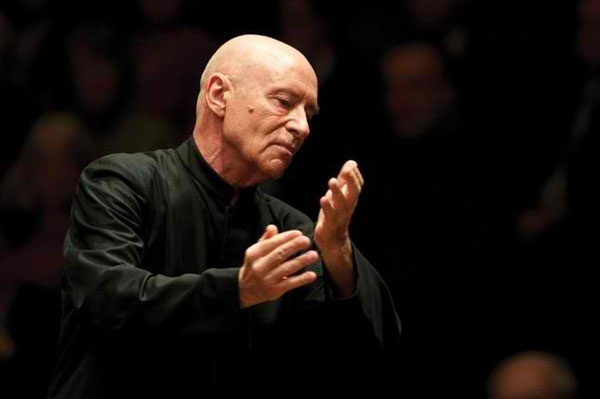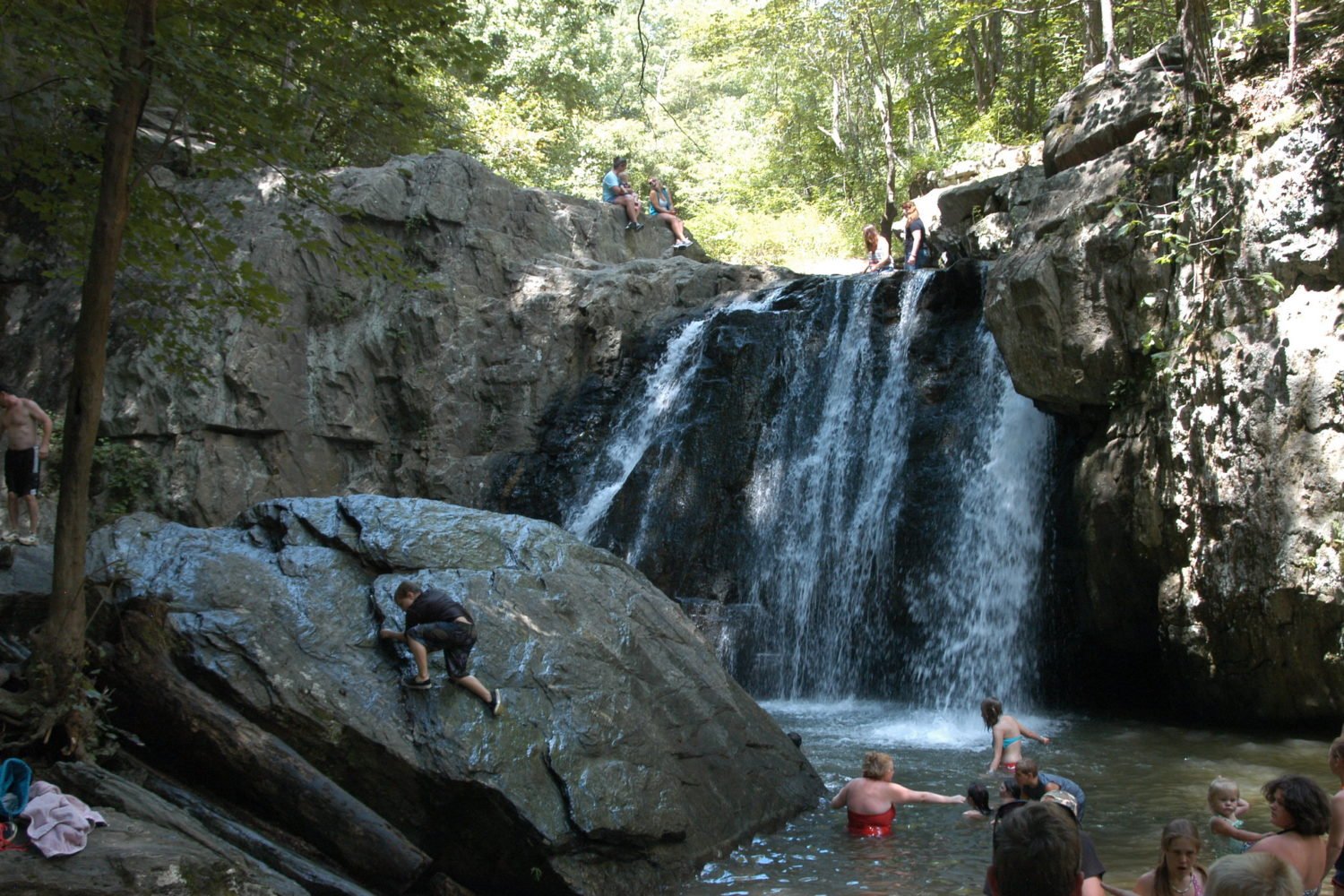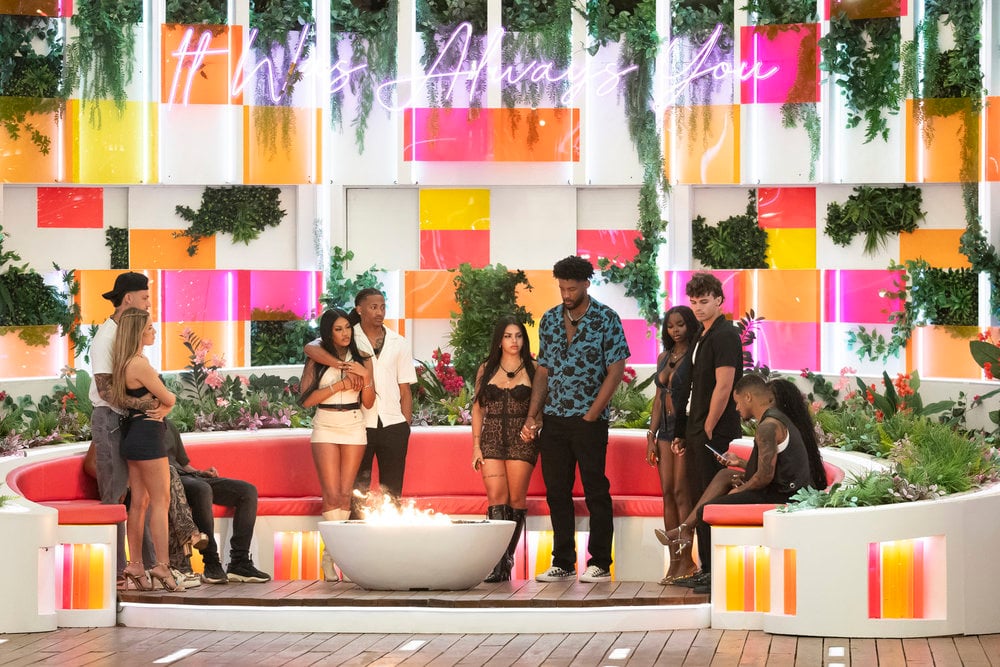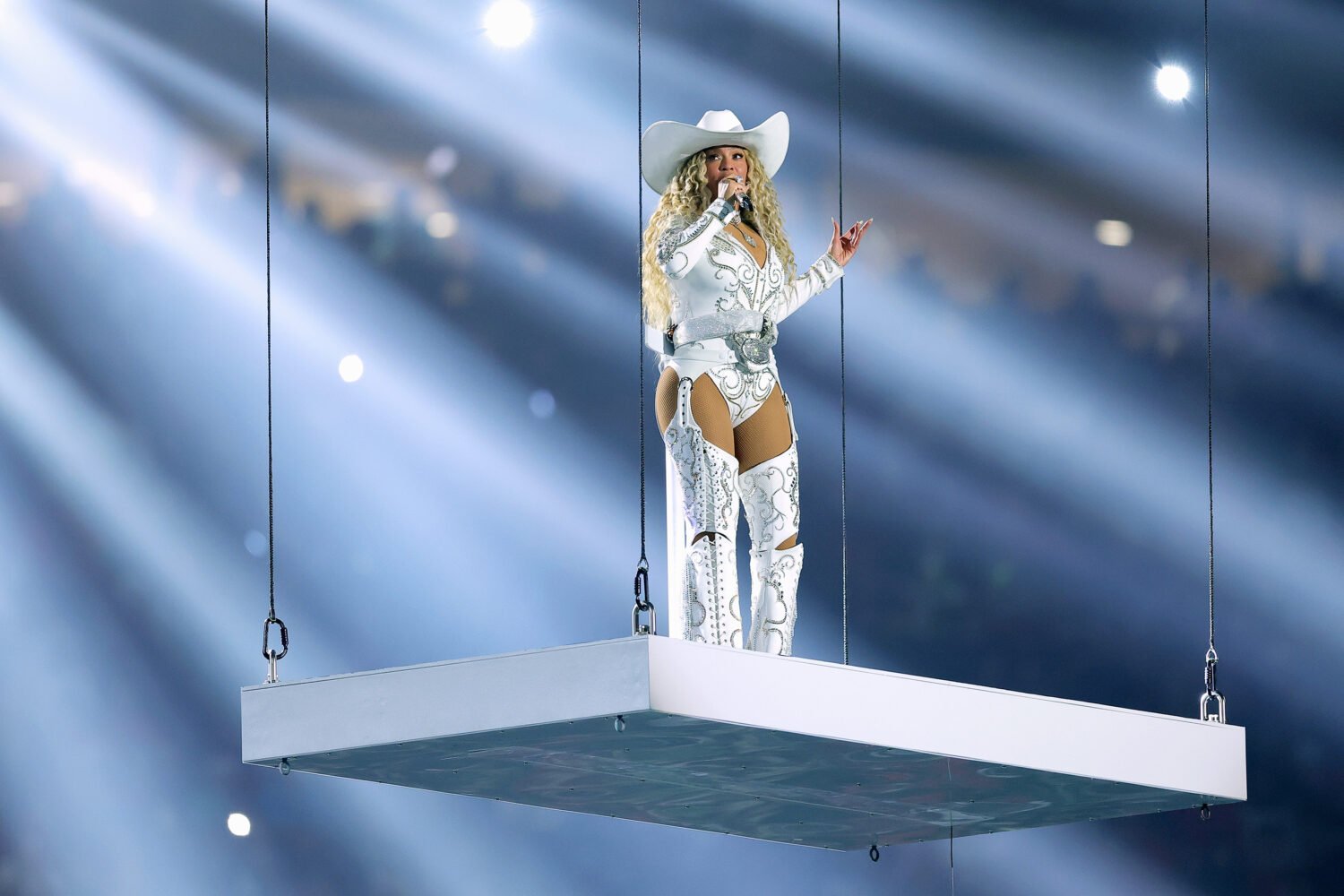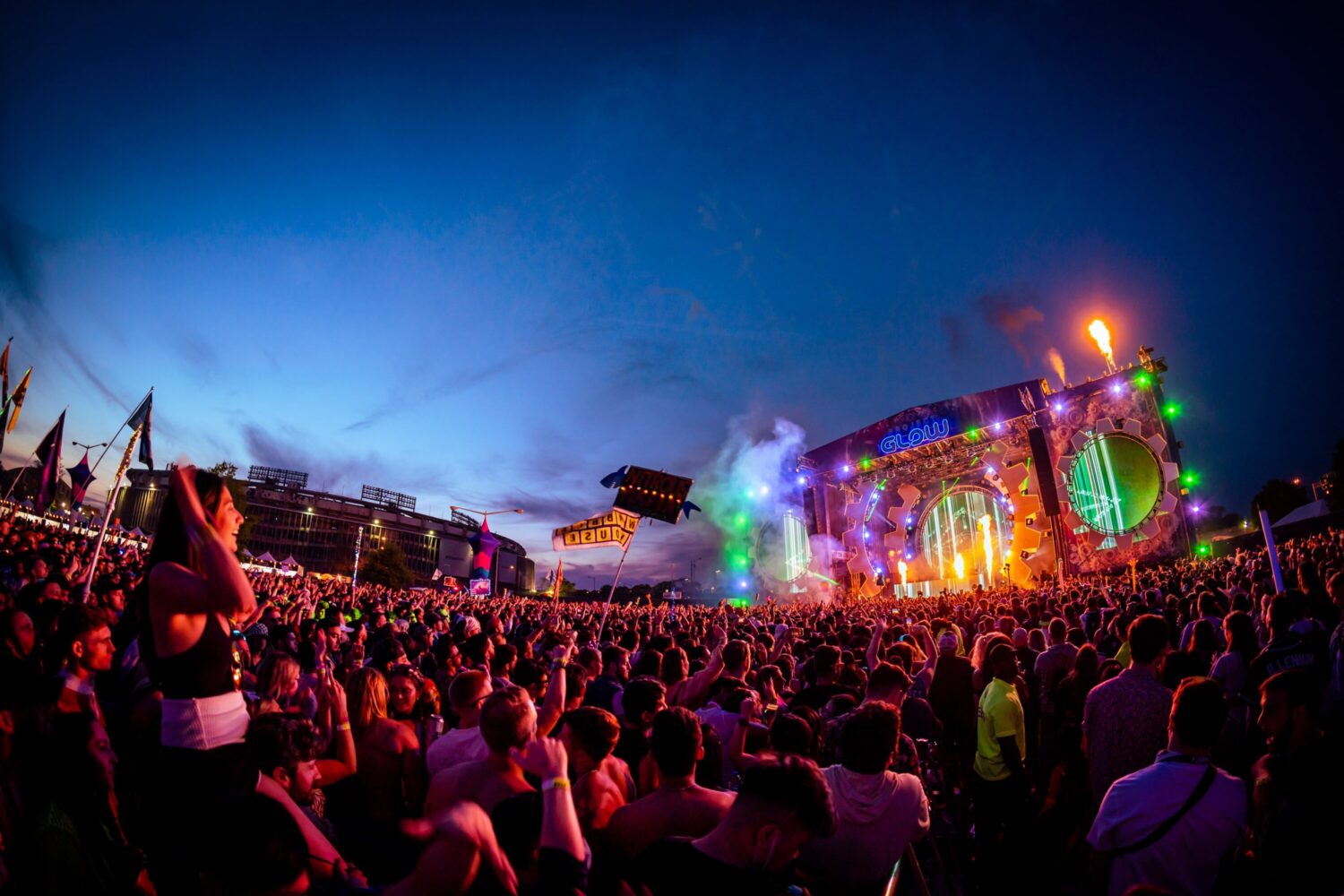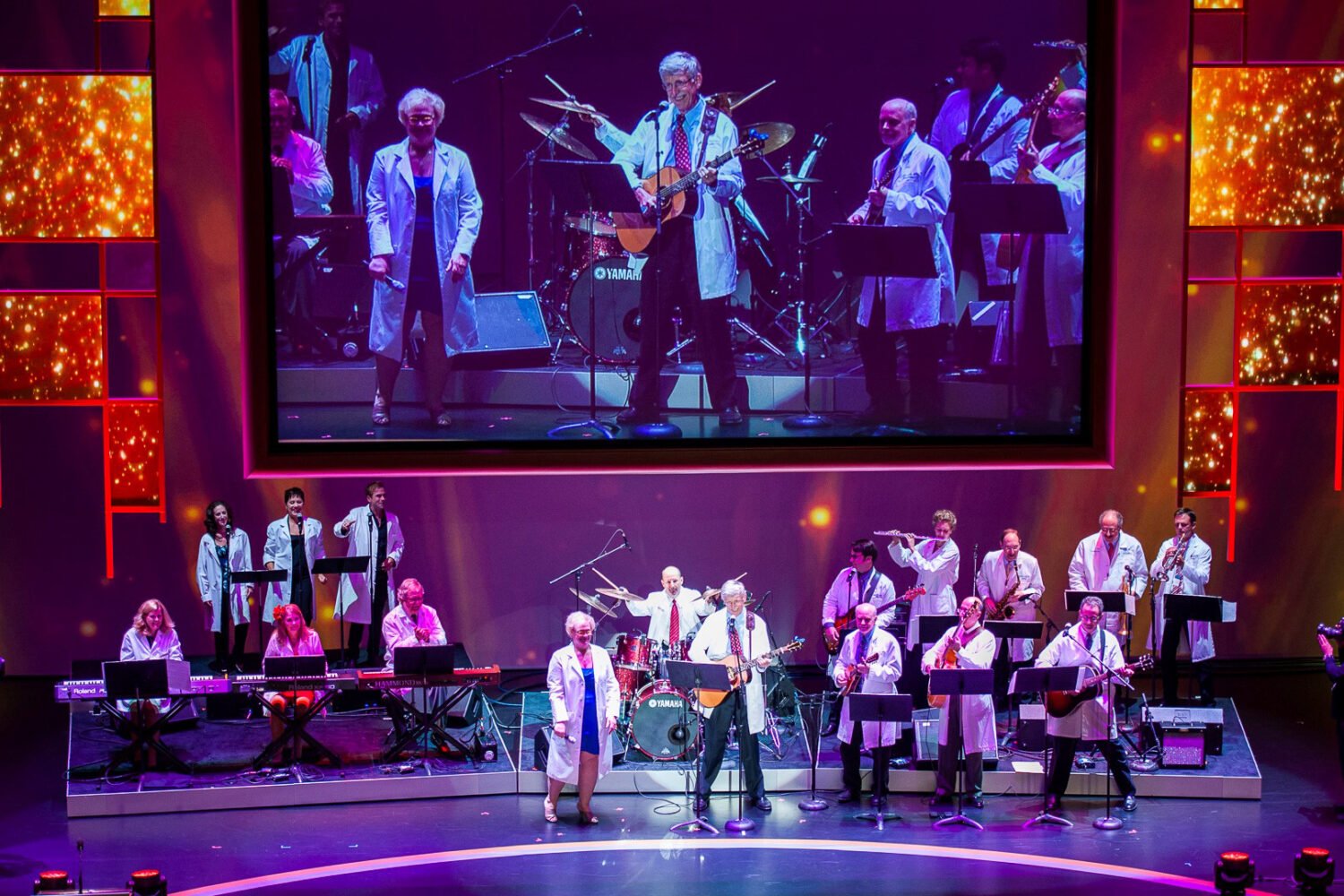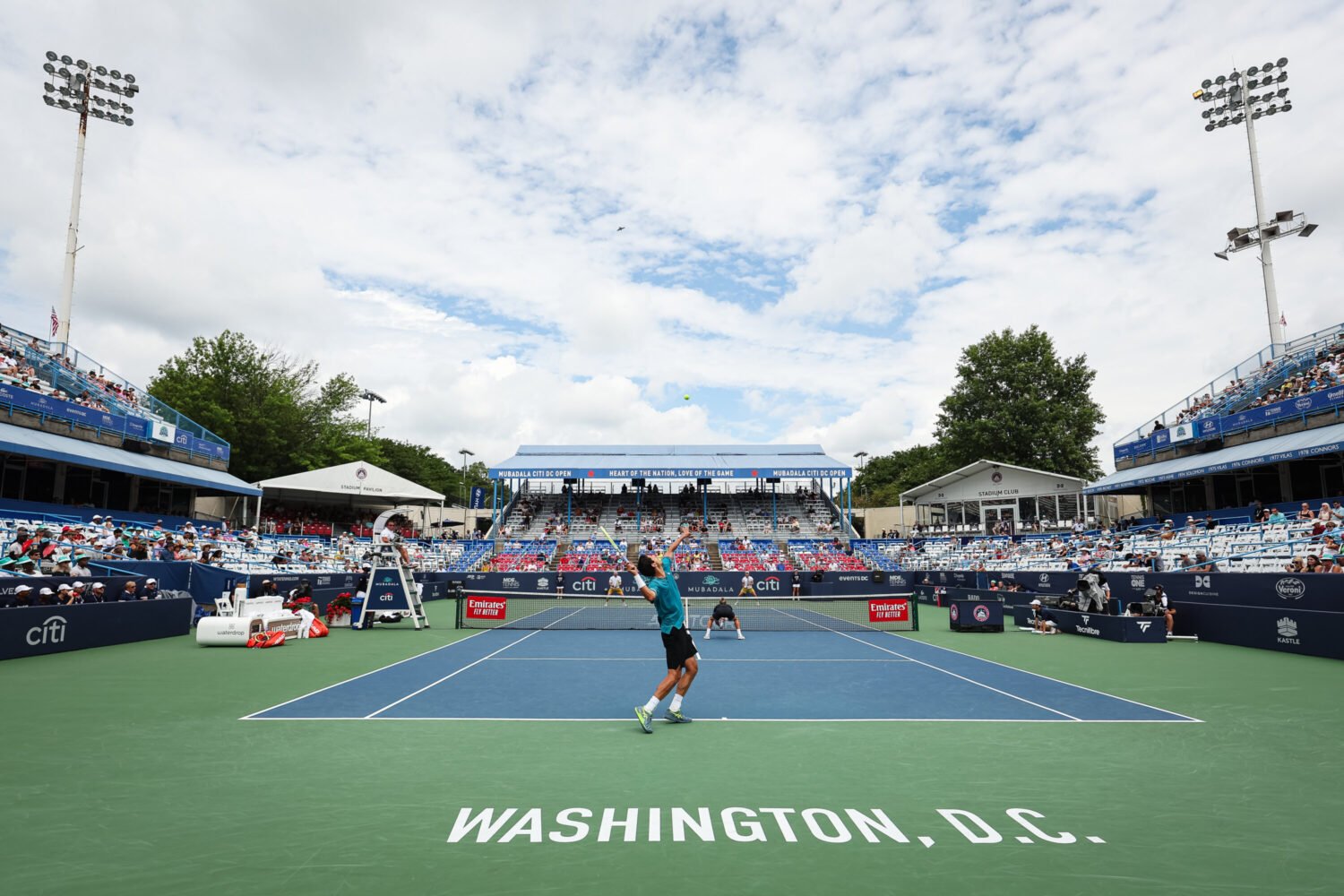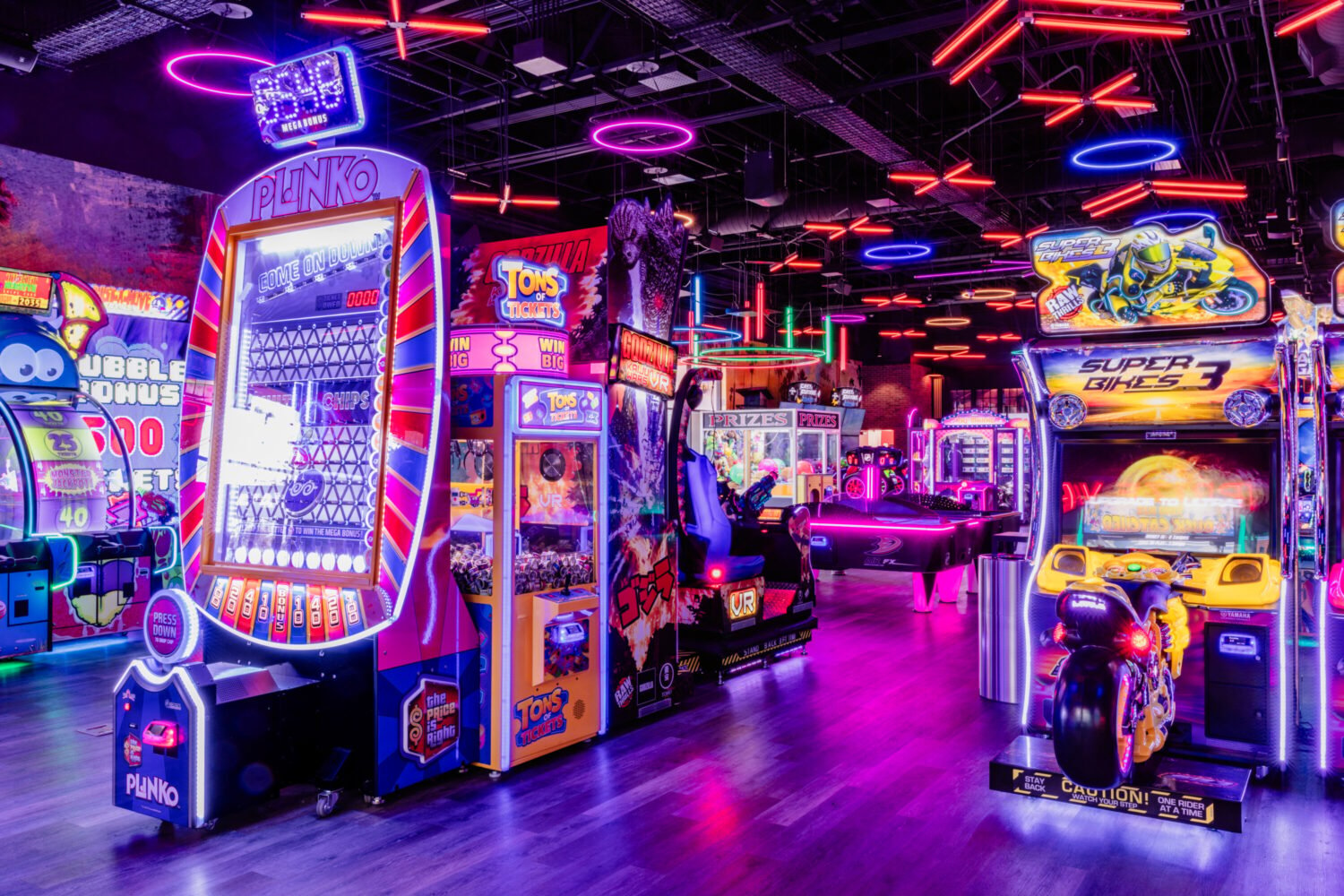Christoph Eschenbach conducts the National Symphony Orchestra in a concert of Beethoven and Strauss, February 2 through 4. Photograph by Margot Schulman.
A few months ago, I heard John Eliot Gardiner conduct a performance of Beethoven’s Symphony No. 3 that, aside from being a bit rough around the edges, bore all the hallmarks of the period-instrument style that once rested squarely on the fringes of the classical music world. I’m curious to hear how Christoph Eschenbach interprets the same work with the National Symphony Orchestra (February 2 through 4), given that so many mainstream orchestras have now adopted Gardiner’s historical approach to Beethoven—brisk tempos, limited vibrato, transparent string textures, everything lighter and brighter. Whatever your preference, the “ Eroica” is a revolutionary piece of music, both a hymn to mankind and the personal testament of a composer coming to terms with his own deafness and mortality. Also on the program: Richard Strauss’s Metamorphosen , composed in response to the desolation of Munich during World War II.
Eschenbach pairs two more monumental works for his next set of concerts with the NSO, February 9 through 11: Dmitri Shostakovich’s Violin Concerto No. 1, a searing piece of contrasting moods and ideas—by turns wild and introspective, exuberant and heartbreakingly quiet—and Anton Bruckner’s valedictory Symphony No. 9. Once, only Russian violinists, such as David Oistrakh and Leonid Kogan, performed the Shostakovich, but in the past 15 years or so, it’s become part of the standard repertoire. Here, Nadja Salerno-Sonnenberg appears as soloist. As for the Bruckner, I heard Eschenbach conduct a memorable performance of this work with the New York Philharmonic a few years ago, and the concluding Adagio sounded spiritual (as any Bruckner symphony must), spacious, eternal, and intense.
The Emerson String Quartet has garnered more accolades than just about any chamber ensemble over the past three-plus decades, and deservedly so. You always know what to expect from an Emerson concert: a performance full of energy, drive, and commitment, marked by individual virtuosity and exceptional ensemble playing. For the quartet’s February 15 recital at Strathmore, presented by the Washington Performing Arts Society, the foursome will perform Haydn’s Quartet in F Major, Op. 77, No. 2 and, along with pianist Wu Han, two chamber music masterpieces: Robert Schumann’s Piano Quintet and Johannes Brahms’s G minor Piano Quartet, the latter famous for its roiling, relentless, gypsy-inflected finale.
There was once a time when an orchestra could be immediately recognized by its sound: Eugene Ormandy’s Philadelphia Orchestra had the plushest strings, Fritz Reiner’s Chicago Symphony the most brilliant, heroic brass. There’s more homogeneity in orchestral playing these days, but the sound of the Vienna Philharmonic was—and still is—identifiable, characterized by its elegance, opulence, and refinement. On February 29, Lorin Maazel leads the Vienna Phil in a rare performance at the Kennedy Center, sponsored by the Washington Performing Arts Society. The program includes the overture to Mozart’s Le Nozze di Figaro , Mozart’s Symphony No. 40, Jean Sibelius’s Symphony No. 7, and a piece that’s in the orchestra’s blood: the suite from Richard Strauss’s Der Rosenkavalier .
The collaboration between Wolfgang Amadeus Mozart and librettist Lorenzo da Ponte resulted in three operatic masterpieces: Don Giovanni, Le Nozze di Figaro, and Cosí fan tutte. Beginning February 25 and running through March 15, the Washington National Opera will present Cosí fan tutte in performances conducted by Philippe Auguin. The cast features the talented coloratura soprano Elizabeth Futral, along with Renata Pokupic, Joel Prieto, Teddy Tahu Rhodes, and Christine Brandes. Director Jonathan Miller gives Mozart’s sparkling (if occasionally far-fetched) story of fidelity, faithfulness, deception, and disguise a decidedly contemporary take—complete with modern dress.
Other Can’t-Miss Performances:
At his Phillips Collection recital on February 5, the young Russian pianist Konstantin Soukhovetski presents one warhorse— Franz Liszt’s titanic Sonata in B minor—and one intriguing oddity, the final scene of Strauss’s opera Capriccio , transcribed by the pianist himself.
Pianist Daniil Trifonov, who won the top prize at last year’s International Tchaikovsky Piano Competition, appears with the National Philharmonic at Strathmore Hall to perform Tchaikovsky’s Piano Concerto No. 1 on February 4 and 5. Also on the program: more Tchaikovsky, including the 1812 Overture,the Romeo and Juliet Overture-Fantasy, and the Polonaise from Eugene Onegin .
The Washington Performing Arts Society presents the marvelous mezzo-soprano Susan Graham and pianist Malcom Martineau for a varied program of songs at the Kennedy Center on February 4. It will include works by Felix Mendelssohn, Franz Schubert, Robert Schumann, Hugo Wolf, and Francis Poulenc, among others.
Also on the 4th, pianist Jonathan Biss appears at the Sixth and I Historic Synagogue, performing two piano sonatas by Beethoven, including “Les Adieux,” as well as pieces by Chopin and Leoš Janácek.
Composed in 1993, Philip Glass’s opera Orphée was inspired by the 1949 Jean Cocteau film of the same name. Indeed, the libretto is taken from the film script, thus imbuing the age-old tale of Orpheus and Eurydice with a mid-20th-century French sensibility. Steven Jarvi conducts the Virginia Opera performing Orphée February 10 through 12 at George Mason’s Center for the Arts, with Matthew Worth as Orphée and Sara Jakubiak as Eurydice.
As part of the Kreeger String Series, cellist Sol Gabetta appears at the Kennedy Center Terrace Theater on February 11, accompanied by pianist Alessio Bax. The recital includes works by Schumann, Shostakovich, Mendelssohn, and François Servias—the so-called Paganini of the cello.
Also on February 11, pianist Brian Ganz performs an all- Chopin recital at Strathmore, including mazurkas, polonaises, and the Andante Spianato and Grande Polonaise . Ganz is currently undertaking a decade-long project to attempt to play every work ever written by Chopin. The recital is presented by the National Philharmonic.
You have to credit the young musicians of the Voxare String Quartet for putting on what must be the most intriguing program of the month: a pair of quartets written by two of America’s most noted composers of art song— Ned Rorem and Daron Hagen. February 12 at the Phillips Collection.
The lengthy discography of the great Norwegian pianist Leif Ove Andsnes should hint at his broad, catholic repertoire—he plays everything from Mozart to Béla Bartók, while specializing in the music of Edward Grieg. For his Washington Performing Arts recital at Strathmore on February 12, Andses will perform music by Chopin (including all four of the Ballades) and Claude Debussy.
Joined by violist Michael Tree and bassist Harold Robinson, the Kalichstein-Laredo-Robinson Trio performs three works on February 14 at the Kennedy Center Terrace Theater: the B-flat major Trio of Beethoven, Ellen Zwilich’s Piano Quintet, and Franz Schubert’s evergreen Trout Quintet.
Beethoven’s Symphony No. 4 is often neglected, coming, as it does, between the revolutionary Third and the famous Fifth. For his concerts with the National Symphony Orchestra February 16 through 19, guest conductor Herbert Blomstedt couples the work with Richard Strauss’s expansive and brash tone poem Ein Heldenleben , an autobiographical depiction of (as the title suggests) the hero’s life.
The Washington Performing Arts society presents violinist Julia Fischer in recital on February 18 at the Sixth and I Historic Synagogue. The program includes Beethoven’s Sonata No. 10, Eugène Ysaÿe’s Sonata No. 1 for solo violin, and the Sonata No. 1 by Camille Saint-Saëns, which may have been the inspiration for the fictitious Vintueil Sonata in Proust’s Remembrance of Things Past. Pianist Milana Chernyavska joins Fischer for the Beethoven and Saint-Saëns.

